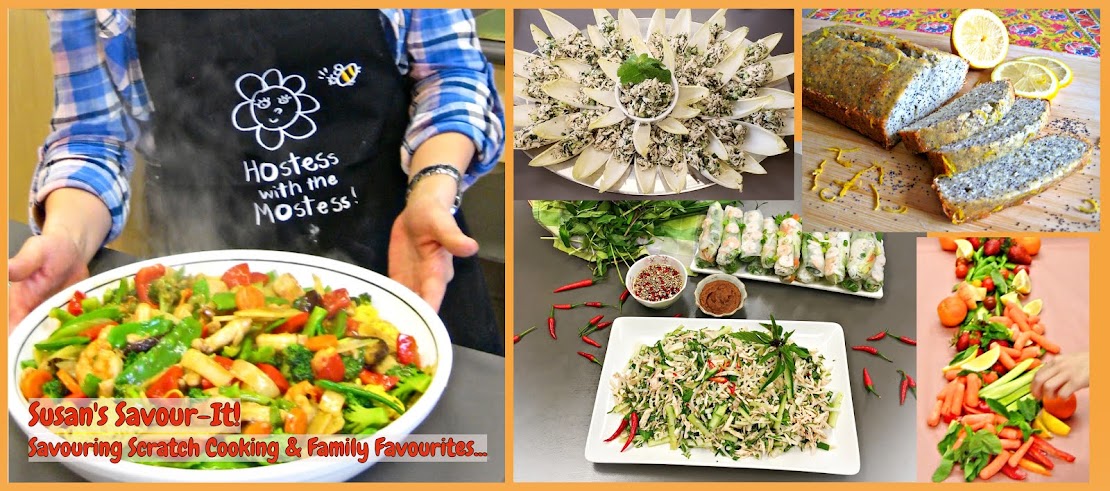Oh how I love delicate, plump and sweet thee... Small oval or pear-shaped, a fig is a pulpy receptacle with a protruding stem, delicate in texture and flavour filled with tiny edible, crunchy seeds (as well as minute flowers and undeveloped fruits). Figs embody a steep prominent place in human history and as a food source for over 11,000 years. In the Old Testament, Adam and Eve covered their bodies with fig leaves, and Cleopatra hid the poisonous cobra she used to end her life in a basket of fresh figs. Fig leaves, or depictions of fig leaves, have long been used to cover the genitals of nude figures in painting and sculpture. Figs were first cultivated in ancient Egypt, though they are believed to be indigenous to western Asia and widespread in the Mediterranean. Some of the world's most delicious figs still come from the Middle East, in particular Izmir varieties in Turkey. This once exotic fruit is widely produced in California and Brazil. Figs don't ripen once picked, so they must be at their peak when harvested. Extremely fragile, their skin bruises and tears easily. A short season plus difficulty in transporting make this delicate, highly perishable fruit a high-priced delicacy in much of US.
There are four main types: Black Mission figs have dark purple skins with light strawberry-coloured flesh. Calimyrna-- the most popular variety of Smyrna-type fig, a name combining “California” and “Smyrna", are yellowish green on the outside with pale pink flesh. Kadota figs have green skins with amber-coloured flesh and are less sweet. Brown Turkey figs can be medium to large in size with copper-coloured skin and whitish to pink pulp with few seeds. Choose figs that are soft but firm, unblemished, ripe and smell sweet. Eat on the day of purchase but can be kept in refrigerator up to two days, brought to room temperature before eating raw-- peeled or unpeeled. Figs are a well-known laxative and a good source of calcium.
Figs can be enjoyed poached or baked. But unquestionably the best way to eat a fig is ripe off the tree, ideally still warm from the sun, served simply halved or quartered. When my sister lived in Portland, Oregon with her husband's family, they had a fig tree and she could attest to their sweet deliciousness eaten freshly picked-- they never make it to be turned into jam or paste :). Figs are famously great served in a green salad with Roquefort cheese and pecans, or in a fig pizza with gorgonzola, fig halves, prosciutto and walnut halves. Other flavour affinities include almond, anise, bacon, blue cheese, chicken, cured meats (prosciutto and smoked duck), duck, lamb, tuna and walnuts.
My favourite way to serve figs, is halved or quartered and dipped into thick aged balsamic vinegar. Its syrupy sweet and tang complements the delicate flavour of figs and brings out their natural sweetness. It's heaven in the mouth!
My friend Chef Dimitra Konstantakou from Toronto messaged me that she just freshly picked kadota figs from her parents' farm in Greece and with her mom they made fig jam. Lucky duck! :)
Figs can be enjoyed poached or baked. But unquestionably the best way to eat a fig is ripe off the tree, ideally still warm from the sun, served simply halved or quartered. When my sister lived in Portland, Oregon with her husband's family, they had a fig tree and she could attest to their sweet deliciousness eaten freshly picked-- they never make it to be turned into jam or paste :). Figs are famously great served in a green salad with Roquefort cheese and pecans, or in a fig pizza with gorgonzola, fig halves, prosciutto and walnut halves. Other flavour affinities include almond, anise, bacon, blue cheese, chicken, cured meats (prosciutto and smoked duck), duck, lamb, tuna and walnuts.
Look at that natural syrupy centre. Tastes just like honey-- sweeet!
 |
| Aside from seeds their well-known crunch is also due to minute flowers (see yellow clusters). |
My favourite way to serve figs, is halved or quartered and dipped into thick aged balsamic vinegar. Its syrupy sweet and tang complements the delicate flavour of figs and brings out their natural sweetness. It's heaven in the mouth!
My friend Chef Dimitra Konstantakou from Toronto messaged me that she just freshly picked kadota figs from her parents' farm in Greece and with her mom they made fig jam. Lucky duck! :)
 |
| Photo Credit: Dimitra Konstantakou Freshly-picked Kadota figs from Greece. |
Fellow Food Revolution ambassador Raluca Vasile in Bucharest, Romania loves figs covered in nuts and honey served with blue or maturated cheese and prosciutto crudo or jamon Serrano. What an out-of-this-world charcuterie and cheese board that would be!
 |
| Photo Credit: Raluca Vasile Green Figs! |
For my friend Julie Ann Cockburn from Oregon, a food writer and photographer on her food site The Taste of The Place, her favourite way to consume figs is sliced into quarters, and dipped in or drizzled with crème fraîche. They are perfect that way!
Lovely Terri Salminen in the Netherlands simply simmers fresh figs in freshly squeezed orange juice (enough to make a sauce for all your figs), with a small pinch of dried lavender and dried rose petals. The figs are simmered to just soften (just a couple of minutes), and removed from the liquid. Simmering continued until the liquid is reduced and syrupy, then poured over figs. Julie Cockburn was inspired by Terri to make this and puts a little dollop of crème fraîche over top. It would also be amazing over ice cream she says. I bet! YUM!
My friend Chef Carrie Conway in the US makes a balsamic fig port reduction. She says it freezes beautifully, and is perfect served with pork & chicken! I recall having this very reduction on pan-seared foie gras.... simply divine!




No comments:
Post a Comment
Note: Only a member of this blog may post a comment.